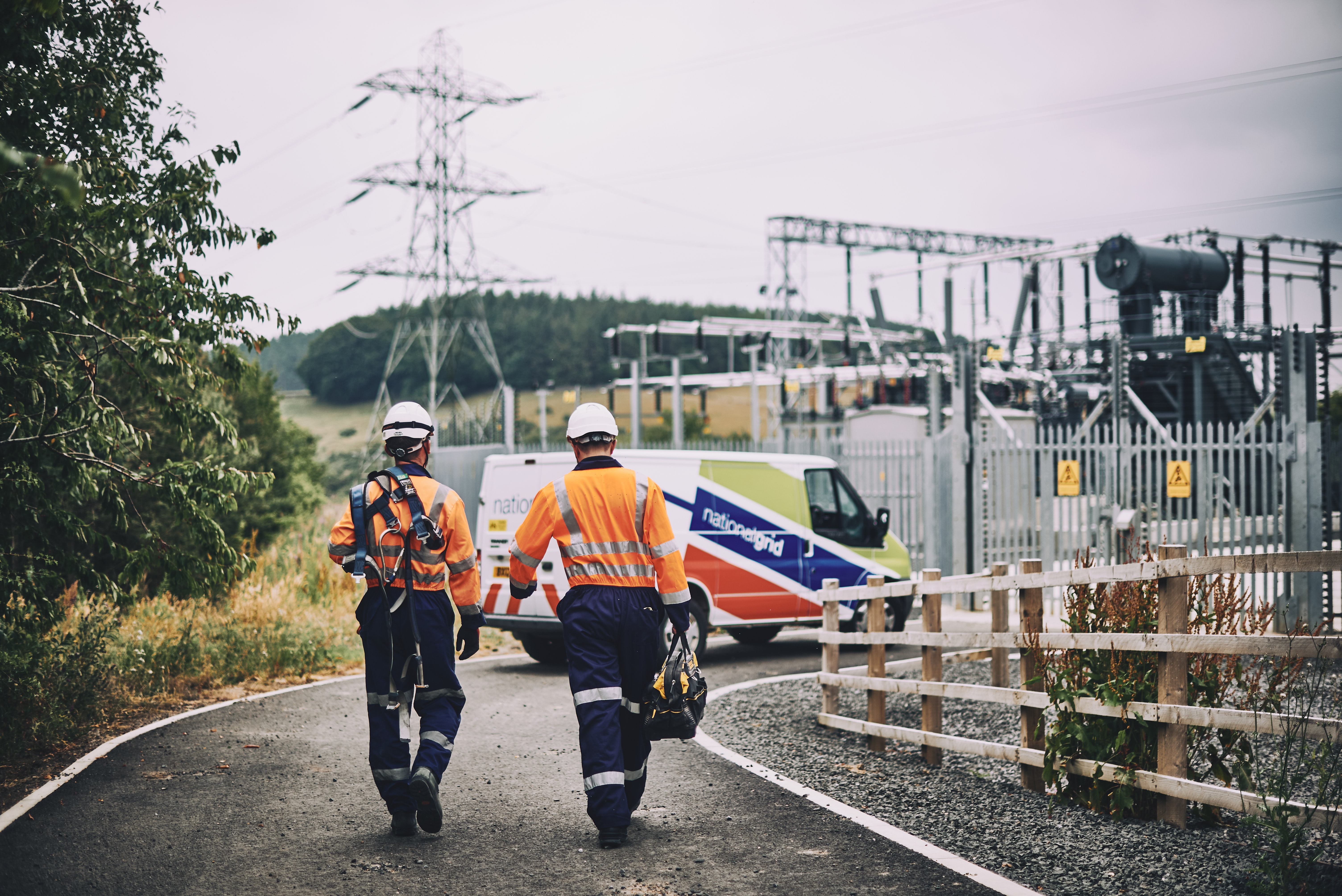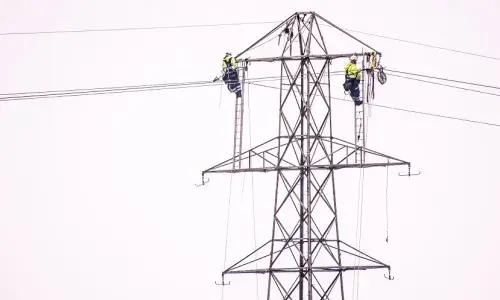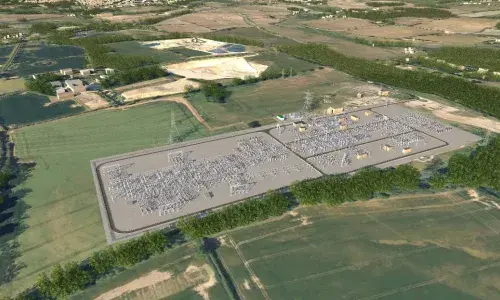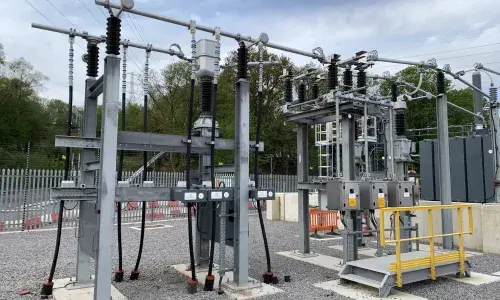
The race to connect: how we’re working with industry to plug in projects faster
National Grid ESO has shared an update, in collaboration with Britain’s transmission owners, on progress accelerating grid connections. It's an exciting and vital set of steps whose benefits we’ll work closely with ESO and industry to realise, writes our director of customer connections, Roisin Quinn.
As transmission owner in England and Wales we’re pleased to be playing a key role in driving some of the initiatives and progress highlighted by the electricity system operator.
This work is only possible with the detailed engineering and network understanding – coupled with commercial insight from working with supply chains – of Britain’s transmission owners, so it’s good to see our collaboration with ESO giving early shape to reform of the connections process.
The contracted capacity across England and Wales already far exceeds the volume of low carbon generation that modelling suggests we’ll need by 2030 for net zero.
On top of the critical near-term measures we’re jointly putting in place – including a one-off connections queue amnesty to hand back capacity to viable projects, and new queue management arrangements to bring more rigour into the process through project milestones – we’re pleased to see the imminent launch of the new two-stage offer process.
This initiative for applications in England and Wales creates the space for much needed change that aims to benefit everyone, helping refine the queue and enabling faster connections. Projects will secure a place in the queue in the first stage offer, and receive a detailed connection offer in the second offer stage.
At a time when the energy transition is rapidly changing the power system landscape, the two stage offer gives us the opportunity to restudy the system as a whole and make sure we’re identifying all opportunities to connect projects sooner. This means reviewing the reinforcement works needed for each project, while redeveloping their construction programme and re-working their specific designs.
It’s a massive undertaking for the transmission owners, and one that is vital to make a meaningful difference for our customers and the clean energy projects that want to plug in.
Many of these projects are Battery Energy Storage Systems (BESS), which we know will have a key role to play in a flexible, low carbon network of the future. Changes to modelling assumptions are putting a focus on connecting these projects even faster, potentially freeing up capacity for others in the queue.
This is just the start of this reform work – we know there is more to do, and are continuing efforts with industry to push for wider, ambitious change to the connections arrangements to give developers whose projects are ready to connect to the grid the clarity, confidence and speed they’re asking for.
There’s no one solution, nor one organisation that can solve this issue – it’s a collaborative effort across industry and with the regulator.
I’m proud of the work we’re doing with the Energy Networks Association (ENA) and the distribution networks to respond to the challenges we’re seeing in different regions across England and Wales – challenges that we recently highlighted in our series of regional connections videos.
Development of generation at a local network level can often mean transmission system reinforcements are needed – which can introduce delays – so our work with the ENA aims to make sure we’re addressing how transmission is part of the solution to speeding up connections across the whole system.
To tackle connections delays we need to make sure projects which are ready can connect when they want to… this means wider policy and regulatory reform.
The background and context to connection delays bears repeating: in the last four years, the number of projects applying to connect to the UK power system has quadrupled, and this year the number is expected to rise even further.
The total level of new contracted capacity across England and Wales stands at 176GW – with 11GW contracted since the start of the year alone – which already far exceeds the volume of low carbon generation that ESO’s Future Energy Scenarios says we will need by 2030 to be on target for net zero.
We know many of these projects are unlikely to go ahead. Of the projects contracted to connect in England and Wales by the end of 2025, only around half have planning consents in place. There are many other sites where two or more projects are looking to connect at the same substation and even use the same land.
Currently, however, we’re bound by our licence (as is ESO) to manage connection requests on a ‘first come, first served’ basis, so we cannot bring forward projects that are ready to go, nor deprioritise those that aren’t.
To tackle connection delays, we instead need to make sure projects which are ready are able to connect when they want to, taking better account of their readiness to proceed while investing ahead of new applications to give customers greater opportunities around their connection.
This means wider policy and regulatory reform, and is why we’re supporting and contributing to ESO’s programme of connections reform in addition to the nearer-term connections queue measures outlined above.
We’re determined to continue this reform work with industry at pace so that it translates into the benefits we all want to see – arrangements that can deliver connections and infrastructure quickly and effectively to support progress towards a clean, reliable and affordable energy system.


